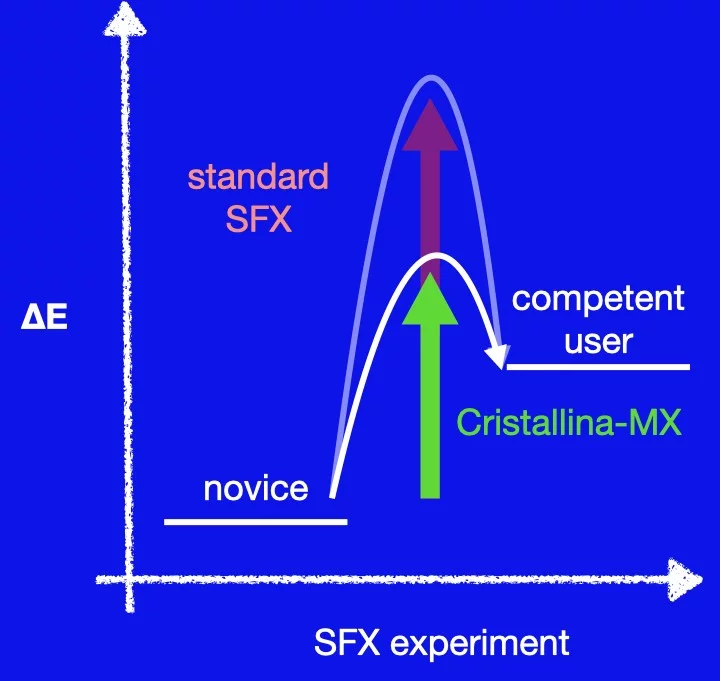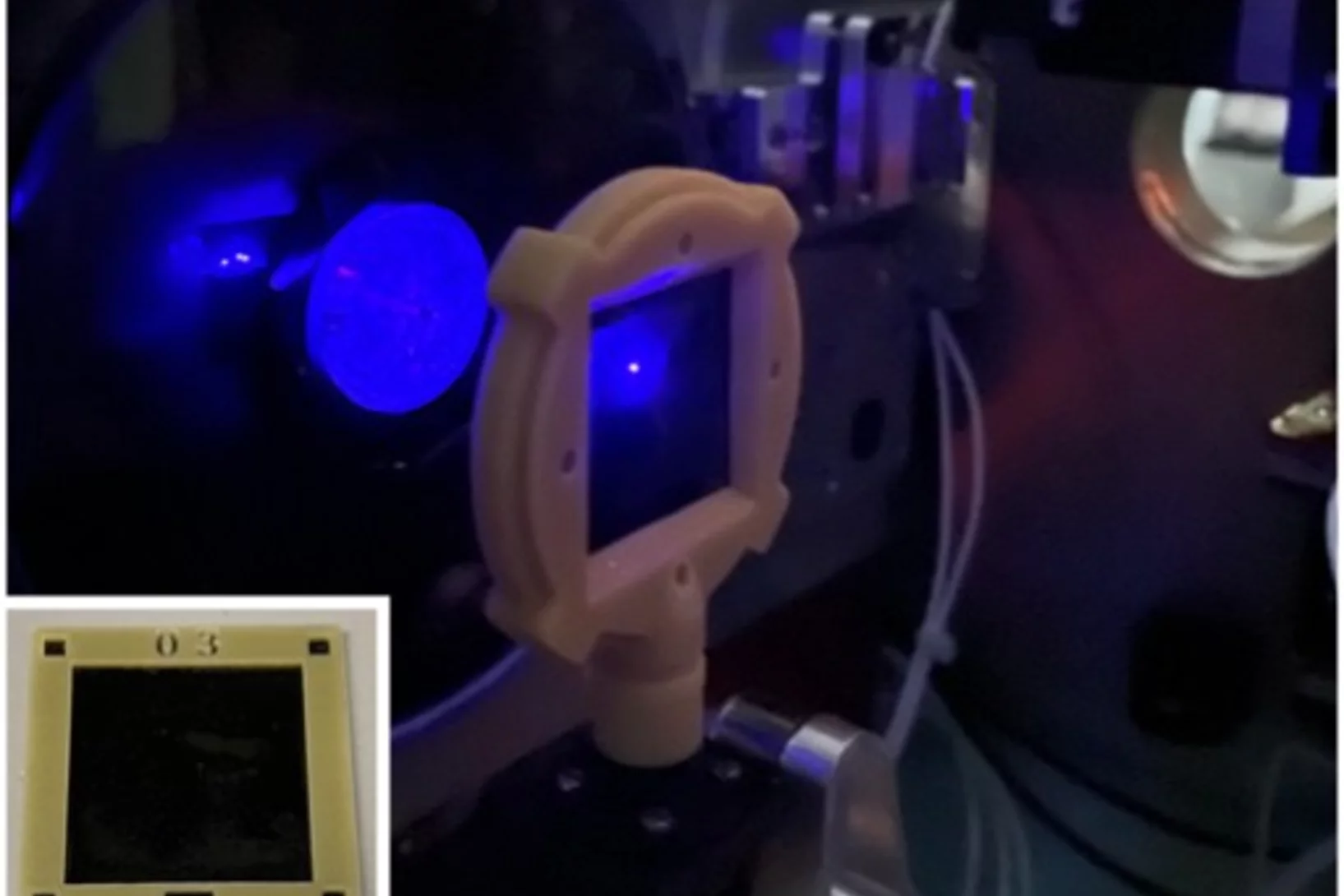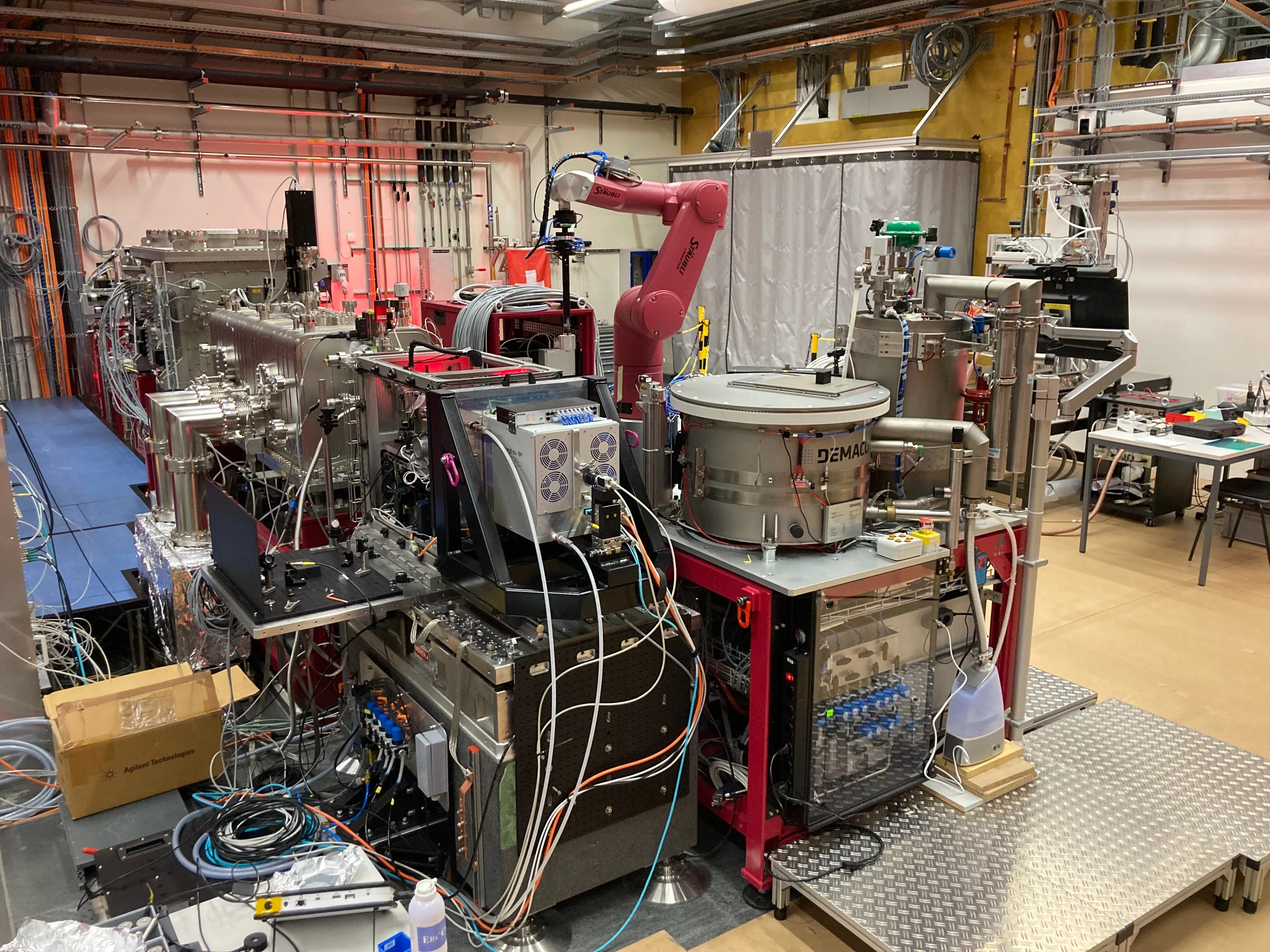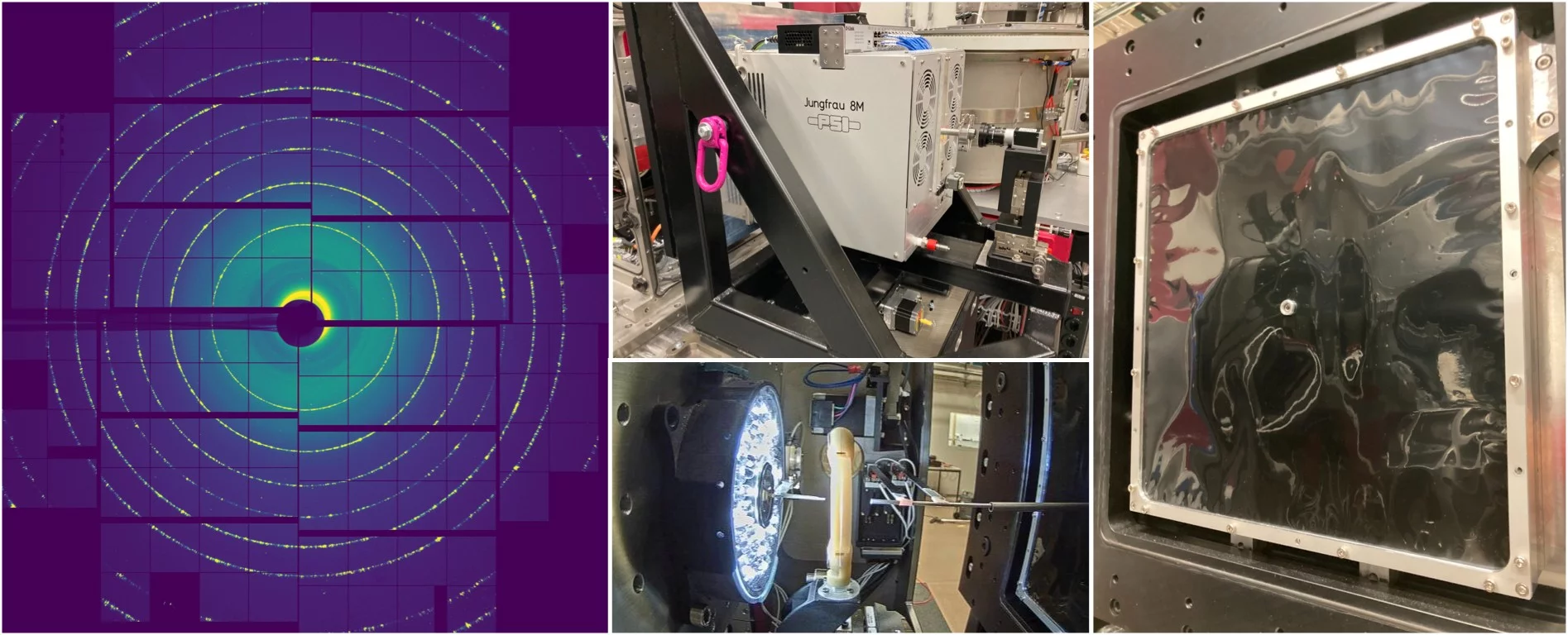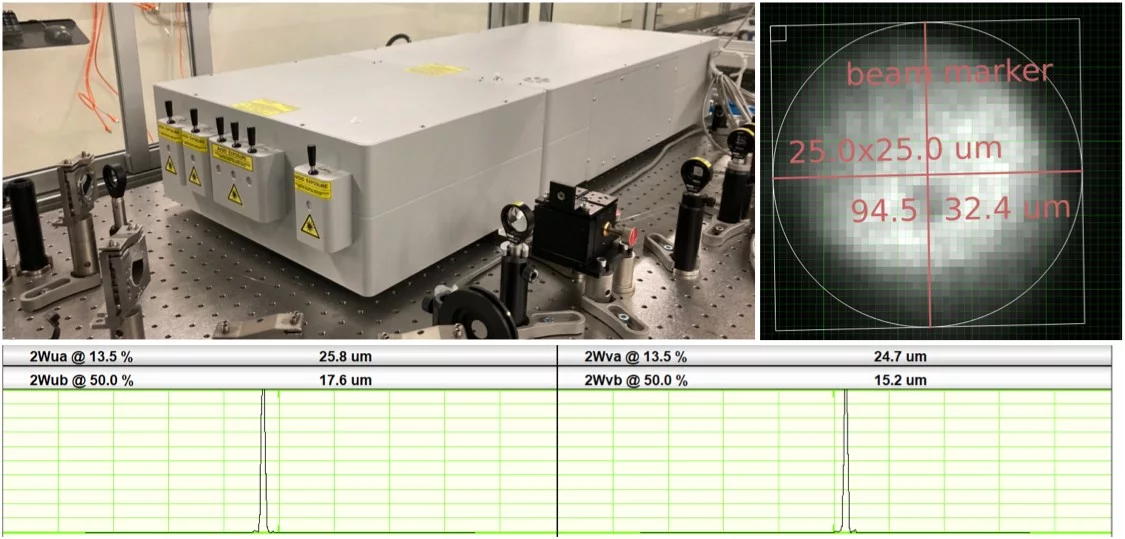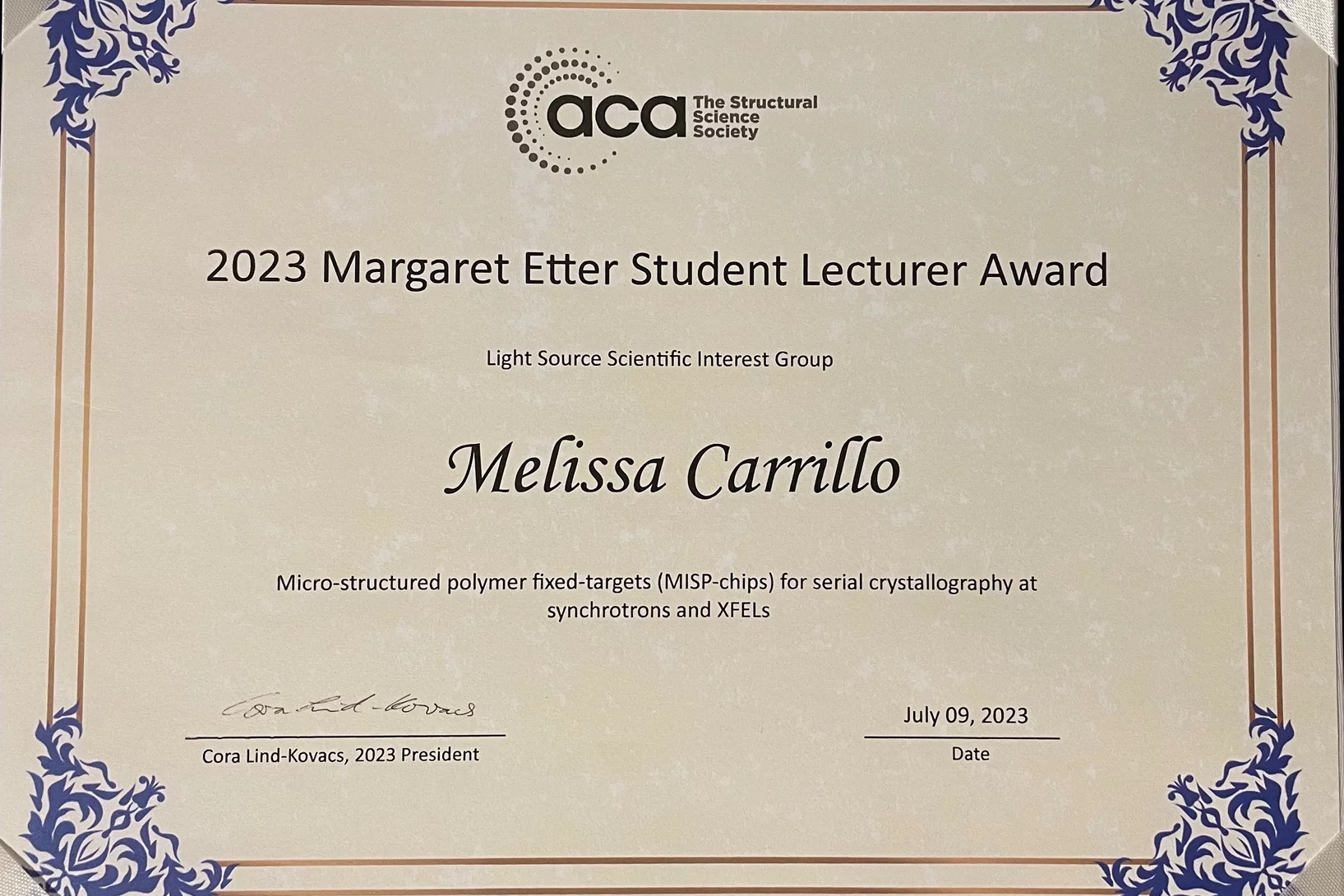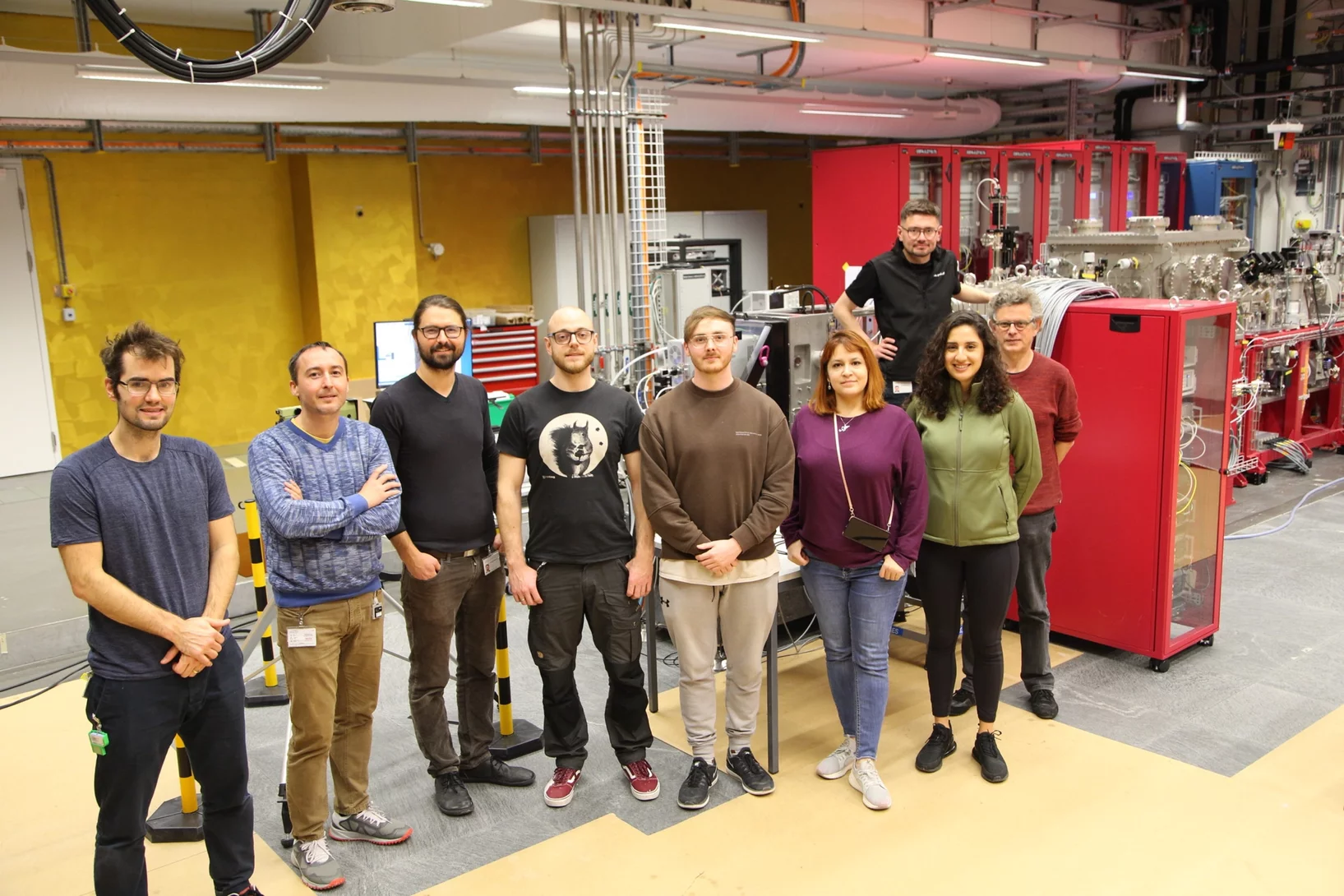The Cristallina-MX Instrument welcomes users. Calls for experiment proposals end in March and September. Please visit the call website for details on the upcoming call.
Sample delivery systems
Common Infrastructure
Each of the sample delivery systems will use common infrastructure and these are detailed below.
approximate detector distance (mm) | resolution (Å) at | |
| 12.0 keV | 10 keV | |
| 110 | 1.25 | 1.50 |
| 135 | 1.42 | 1.70 |
| 185 | 1.76 | 2.12 |
| 210 | 1.95 | 2.34 |
| 285 | 2.52 | 3.02 |
Current Cristallina-MX News and Highlights
SwissFEL leuchtet für industrielle Anwender
Dank Hochdurchsatzexperimenten können neue Nutzergruppen aus der Strukturbiologie vom XFEL-Licht profitieren.
Congratulations to Melissa Carrillo for winning the 2023 Margaret Etter Student Lecturer Award at the ACA in the Light Sources Category
Melissa Carrillo is a PhD student under the supervision of Dr. Celestino Padeste from the Laboratory of Nanoscale Biology at PSI. Through a collaboration with the Laboratory for X-ray Nanoscience and Technologies, they are responsible for the design and production of the polymer fixed-targets used by the SwissMX endstation at Cristallina. We whole hearted congratulate Melissa for her receipt of a 2023 Margaret Etter Student Lecturer Award at the recent American Crystallography Association Meeting for her work on these polymer supports!
First pump-probe SFX commissioning beamtime at Cristallina
Professor Przemek Nogly and his team from Jagiellonian University Kraków were kind enough to give their time and samples to assist the Cristallina-MX team in the commissioning of the SwissMX fixed-target endstation for pump-probe experiments.
